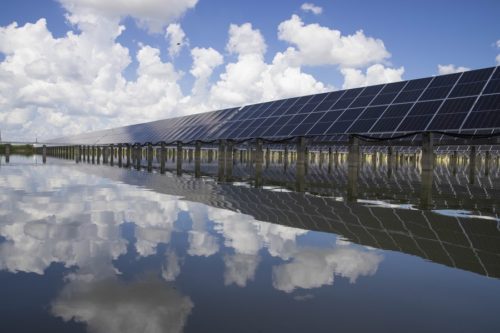A-Shares: For Chinese investors, there really is no alternative
If you’re not a bank or a hedge fund or a venture capitalist in China but you have money to invest, buying shares in the country’s stock exchanges is your best bet.

Demand for A-Shares (Chinese stocks listed on the mainland) overwhelmingly comes from mainland investors. Foreign investors own less than 5% of the market capitalization of all A-Shares and are restricted from owning more than 30% of any one security.
If the Chinese investor isn’t buying, then A-Shares are not rising. What is that investor looking at now?
Years ago, in a pitch book describing the accumulation of assets for mainlanders, the differences between east and west were stark: The first asset for mainland investors would be a piece of real estate, the second asset would be another piece of real estate, next might be an investment in an operating business or startup, then cash, bonds and finally stocks.
This is changing.
For decades, real estate was largely a one way bet to wealth creation, but this asset class has been flashing signs of weakness for many months, and Beijing’s mixed messages regarding stimulus of the sector are anything but bullish.
A popular asset class for wealthy Chinese is to lend to or invest in startup businesses. Venture funding hit a record in China last year, surpassing the previous high in 2018 according to research firm Prequin. This cooled off in the first quarter of 2022, but the earliest stage of funding (angel investment) saw an increase. The net effect of this is higher valuations for more speculative business plans putting individual investors at a disadvantage to larger, more established funds where diversification decreases single bet risks.
The savings rate of Chinese citizens is well documented, but deposit rates of return remain lower than inflation rates, a problem the world over. Over the last decade, wealth management products offered by banks provided increased returns with implied guarantees, but mostly promised mid-single digit returns on an annual basis. These products remain popular, but rates remain low and lock up periods dissuade some investors.
The onshore fixed income market is varied with short and long dated maturities covering investment grade and speculative credit risk profiles. There are thousands of products available from mutual fund houses, insurance companies and trust firms as well as emerging private fund managers. There is no substantial change in the outlook for this asset class, but alone it cannot give investors the double digit returns many are searching for.
This leaves A-Shares. Despite the introduction of cross border plans and internationalization schemes, home country bias remains strong. According to Broadridge, a consultancy, less than 5% of the equity allocation from mainland investors is invested outside of China, with a preponderance going to Hong Kong.
Retail investors, who dominate trading volumes, will adjust their allocations based on their views of future returns and right now, the future favors equities. Like retail investors the world over, many are looking for a catalyst, they may have found it in April when Yì Huìmǎn 易会满, Chairman of the China Securities Regulatory Commission met with the largest financial services firms and China’s Social Security Fund and encouraged stock ownership.
A-Share Intelligence is a weekly column.






